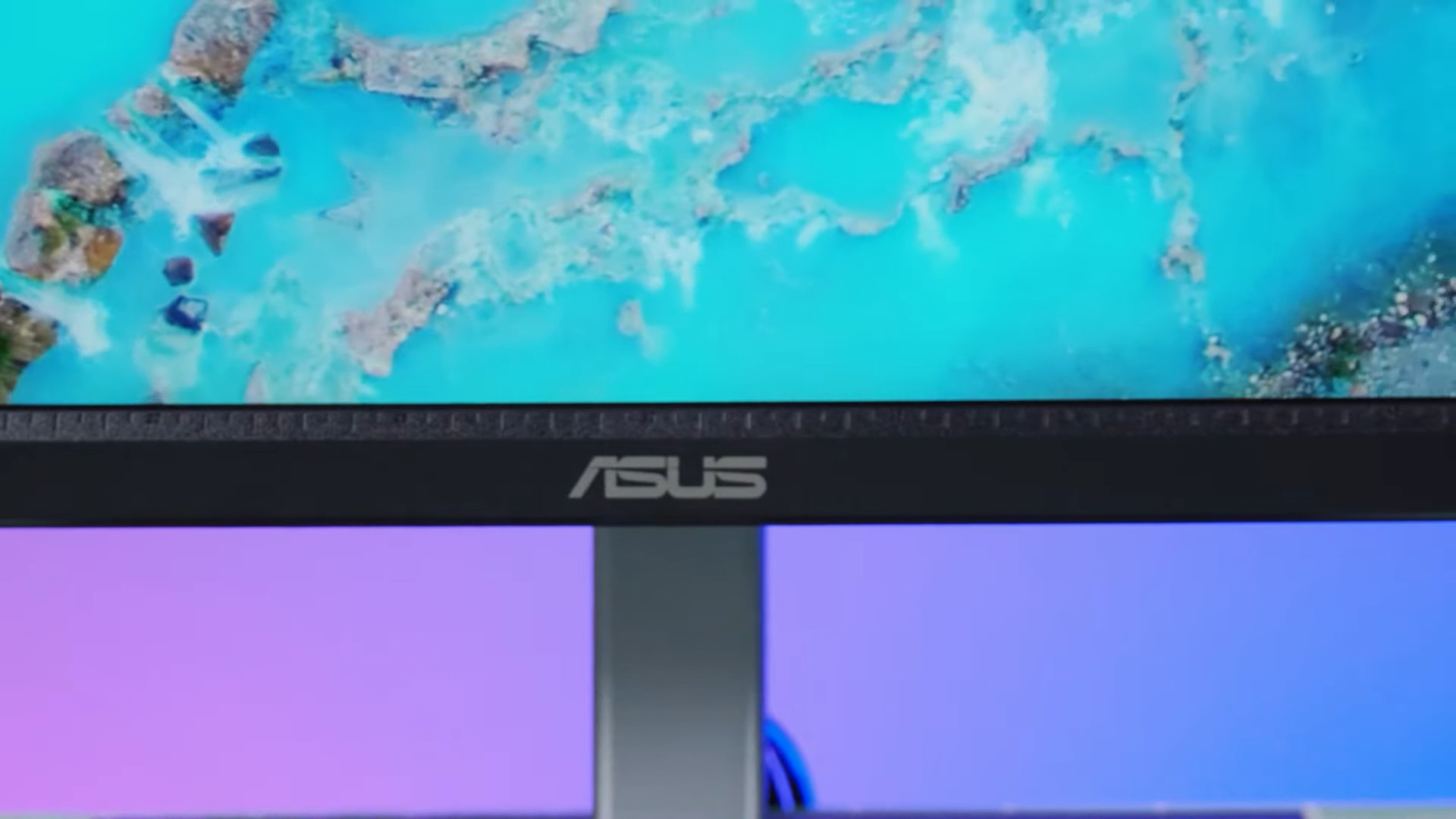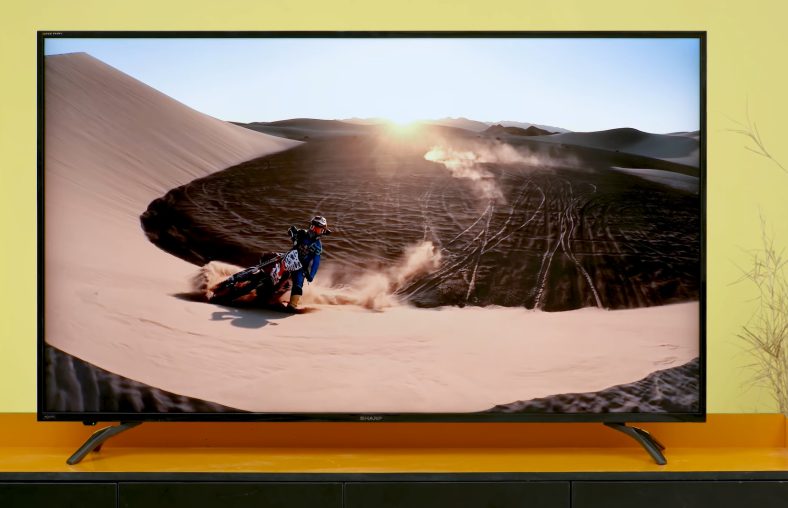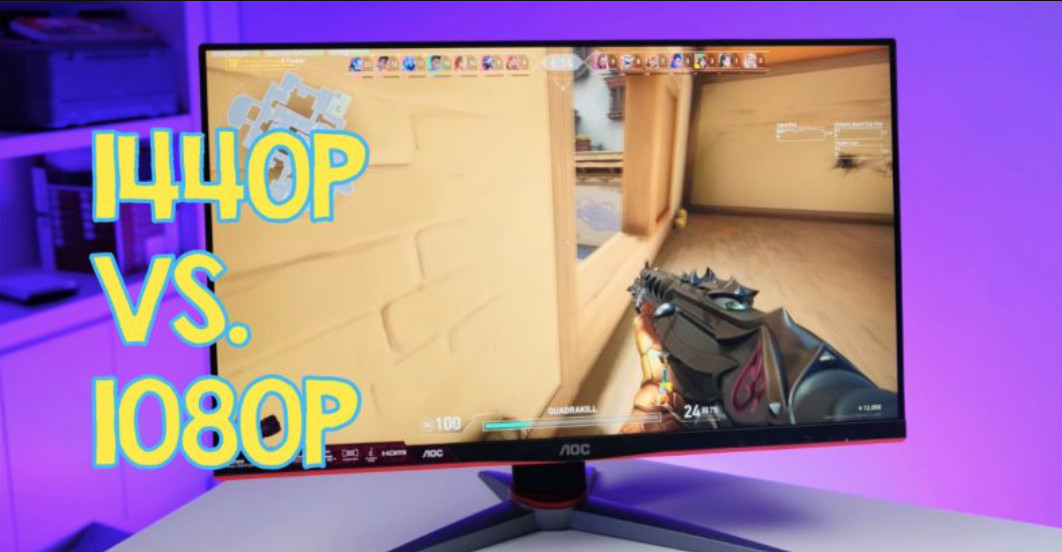Can you play 1080p on a 1440p monitor?
Are you wondering: ‘Can you play 1080p on a 1440p monitor?’. Image resolution is an important factor to consider when choosing a computer screen. 1080p and 1440p are one of the most popular image resolutions you can find on advanced monitors nowadays.
So, what if you want to purchase a 1440p monitor but worry that it cannot play videos and games in 1080p resolution? This post will shine more depth on this issue and give you a detailed answer. Continue reading to find out!
Table of Contents
What Is 1080p?
1080p is a standard image resolution that is prevalent on many media devices, such as phones, TVs, and computer screens. It is also known as FHD or Full HD resolution, containing 1920 pixels in height and 1080 pixels in width.
Full HD is the lowest accepted standard for game settings nowadays, which means that you cannot play games below the FHD format. However, it is still one of the most popular settings for gamers.
The surveys indicate that more than half of the gamers play games in FHD as they own a full HD screen. Although you can definitely play in 2K or 4K, playing games in FHD resolution comes with many benefits.
There are some advantages and setbacks of playing in the FHD format on monitors with higher resolutions, which will be discussed further in the following sections.
Related: How many Megapixels is 1080p?
What Is 1440p?
A 1440p monitor has 2560 pixels in height and 1440 pixels in width, which is significantly higher than the Full HD resolution. The 1440p is getting more popular in mainstream gaming due to its affordable price.
Many gamers opt for the 1440p or QHD format as the balance between the FHD and 4K resolution. It is a combination of affordability and high image quality, bringing gamers more satisfaction when playing.
Can You Play 1080p On A 1440p Monitor?
The answer is yes. You can use a QHD monitor to play games and watch videos in 1080p resolution.
It brings you better gaming performance and framerate, giving you smoother gameplay. The image quality depends on the downscaling ability of the monitor.
You still get high image quality with no blurs and distortions when playing and watching the FHD content on a QHD display. If you use a big QHD screen with weak hardware and graphic cards, the user experience will be affected.
Monitor Size
The bigger the screen, the wider the pixels spread out. Therefore the big screen usually comes with higher resolutions like QHD or 4K so that the images won’t get blurred or distorted.
The 1440p displays are usually bigger than the FHD displays. From 27-inch or larger, playing the 1080p content will cause the pixels to spread out and reduce the image quality slightly.
For this reason, you may encounter problems like smaller or less sharp images when playing games with FHD settings on a big 1440p monitor. So if you want to play at FHD, choose the QHD screen with no more than 24 inches in size.
Scalers
Many modern monitors have scaler features that allow the images to be upscaled or downscaled to fit the monitor’s resolution. When you play 1080p on a QHD display, the monitor will downscale to fit the FHD resolution.
Good scalers will give you images with nearly the same quality after upscaling or downscaling. Inefficient scalers, on the other hand, may cause image distortions and blurs after shrinking the pixels.
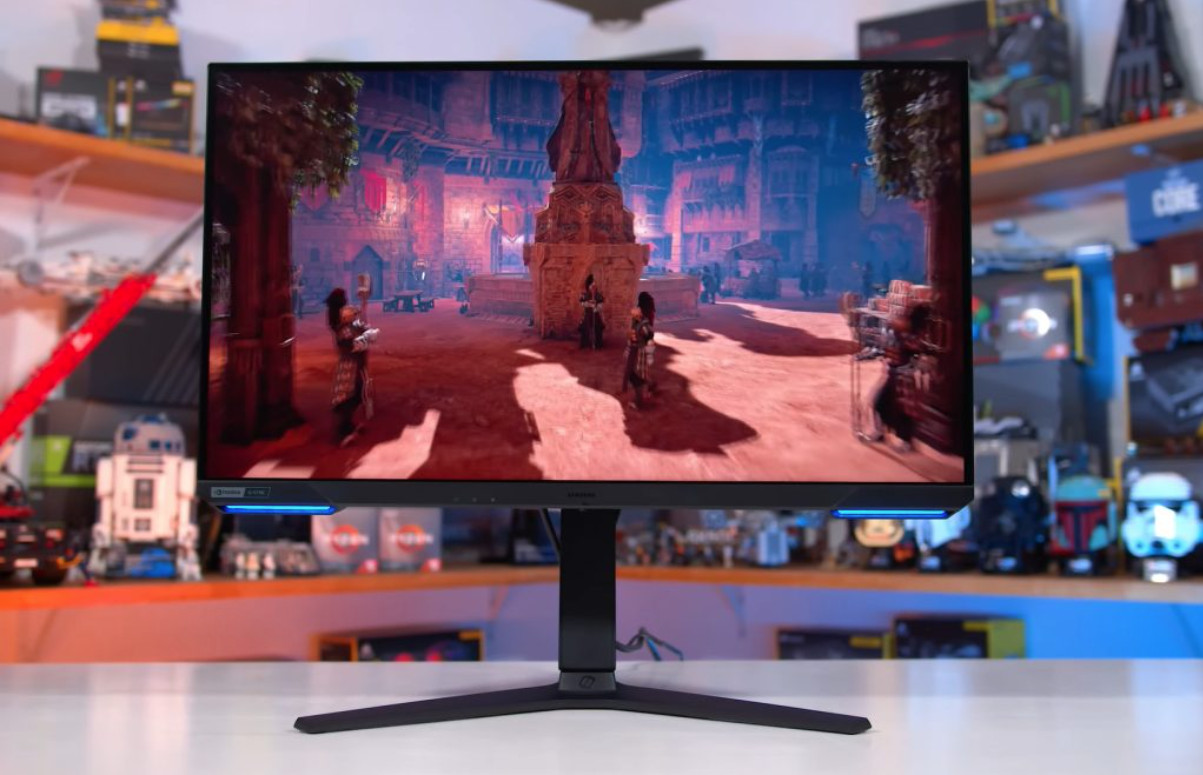
Pixel Mapping
Pixel mapping is a special feature on monitors and LCD displays that come with a fixed resolution, like the 1440p display. It helps eliminate the hot pixels by mapping every pixel to an exact native pixel location on the monitor.
It may sound complicated, but playing 1080p on the QHD monitor with pixel mapping will give you a smaller display area. But the pixels are concentrated and bring you sharper image quality.
Related: Does HDMI 2.0 support 144hz?
Benefits Of Gaming With 1080p On A 1440p Monitor
As mentioned above, playing 1080p on a QUH display gives you some great benefits regarding performance in gaming and regular use.
Gaming
The higher the resolution, the more powerful the hardware you need. Your CPU and GPU have to be powerful enough to produce high resolutions like 1440p or 4K.
So downscaling from 1440p to 1080p will reduce the workload of your computer hardware, and it can focus more on increasing the framerate of the game.
For gamers with weak graphic cards, playing at high resolutions is impossible as it will overheat the hardware, causing lags and interruptions. By switching to the 1080p setting, you can play the game smoothly.
Furthermore, many games are optimized for the standard 1080p settings, so you still get a decent image quality with sharp and realistic details.
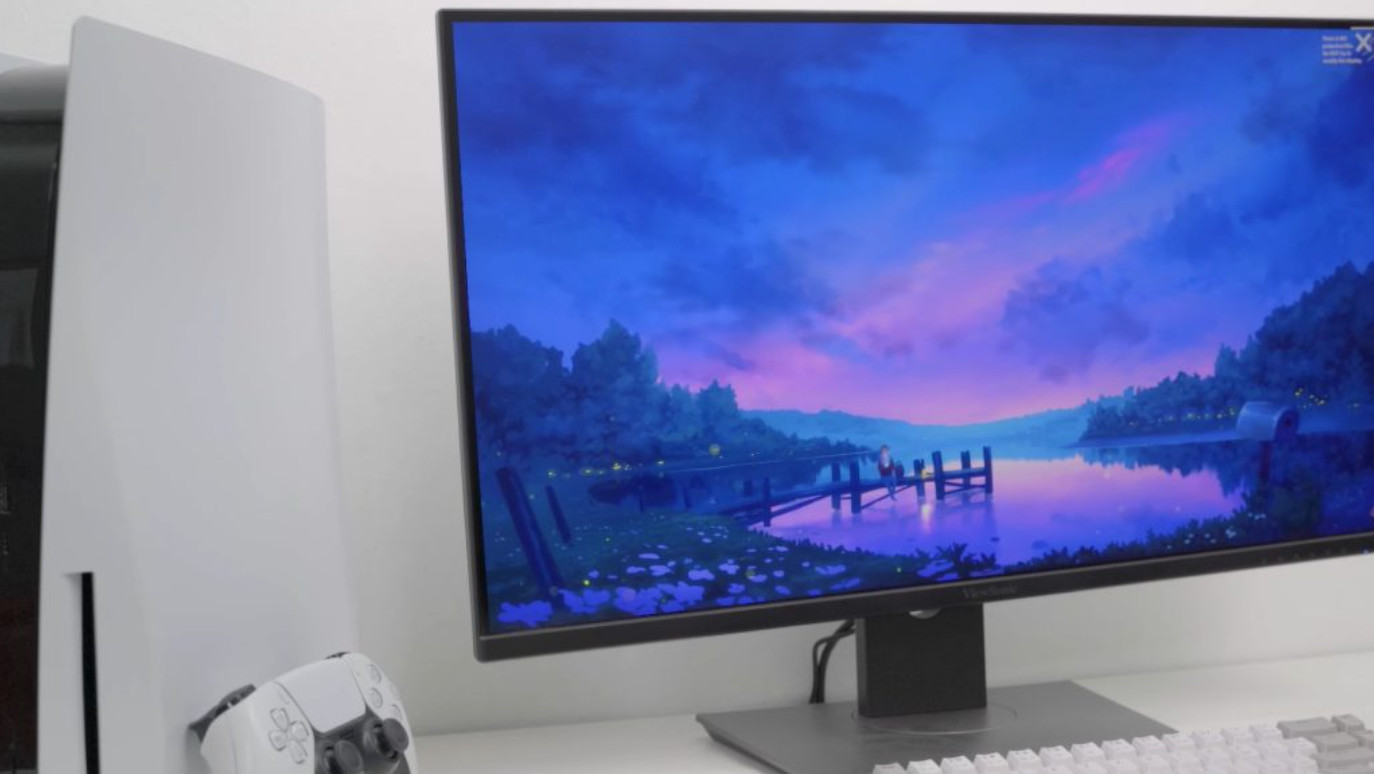
Video Watching
The QHD monitors give you more flexibility in regular video and movie watching. For example, for the content that is available in 1440p, you can get better image quality and sharpness.
However, much content on streaming apps such as Youtube only supports the FHD resolution at the maximum. With a good monitor scaler, you won’t notice any difference in the image quality after downscaling.
Working
A 1440p display may give more productivity in work, especially for traders and professional editors who need more detail and space on the monitor.
Furthermore, downscaling from 1440p to FHD resolution helps increase your computer hardware speed. The GPU will render images and process the tasks faster, increasing your productivity.
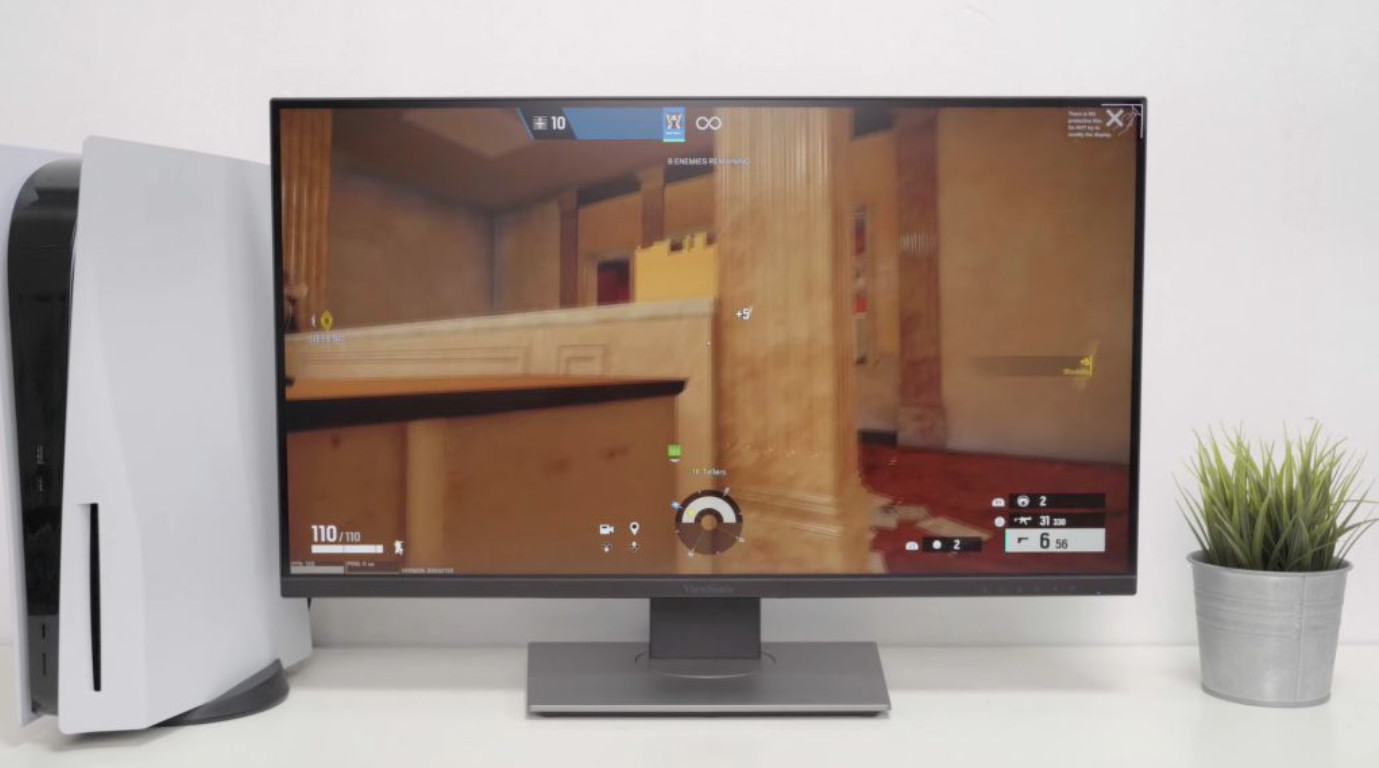
Final Thoughts
To sum up, it is possible to downscale the image from 1440p to 1080p to watch on a QHD computer screen.
It will increase the capacity of the computer hardware and avoid lags, overheating, and interruption. With a good monitor scaler, you won’t notice any difference after downscaling the pictures.
I hope that you are satisfied with the information provided in this post.
Thank you for reading!

